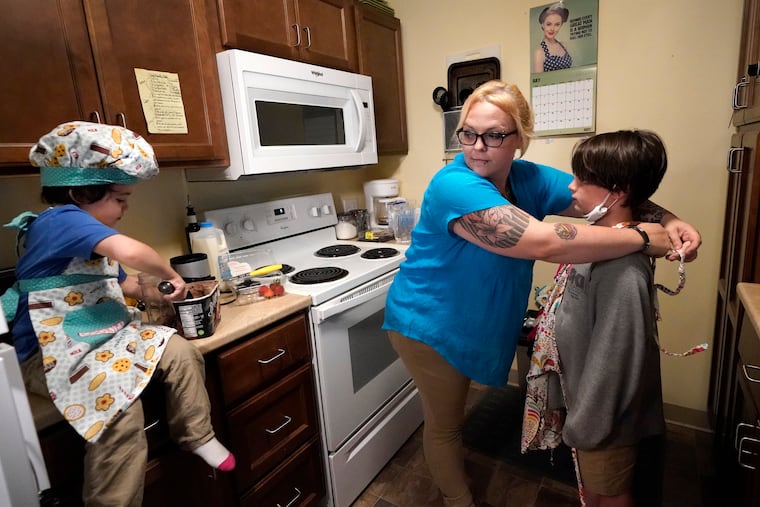The problem with ‘Bidenomics’? It didn’t go far enough.
New census data shows how "Bidenomics" was helping America's working class and poor — until a key anti-poverty program was killed.

New census data shows how "Bidenomics" was helping America's working class and poor — until a key anti-poverty program was killed.
